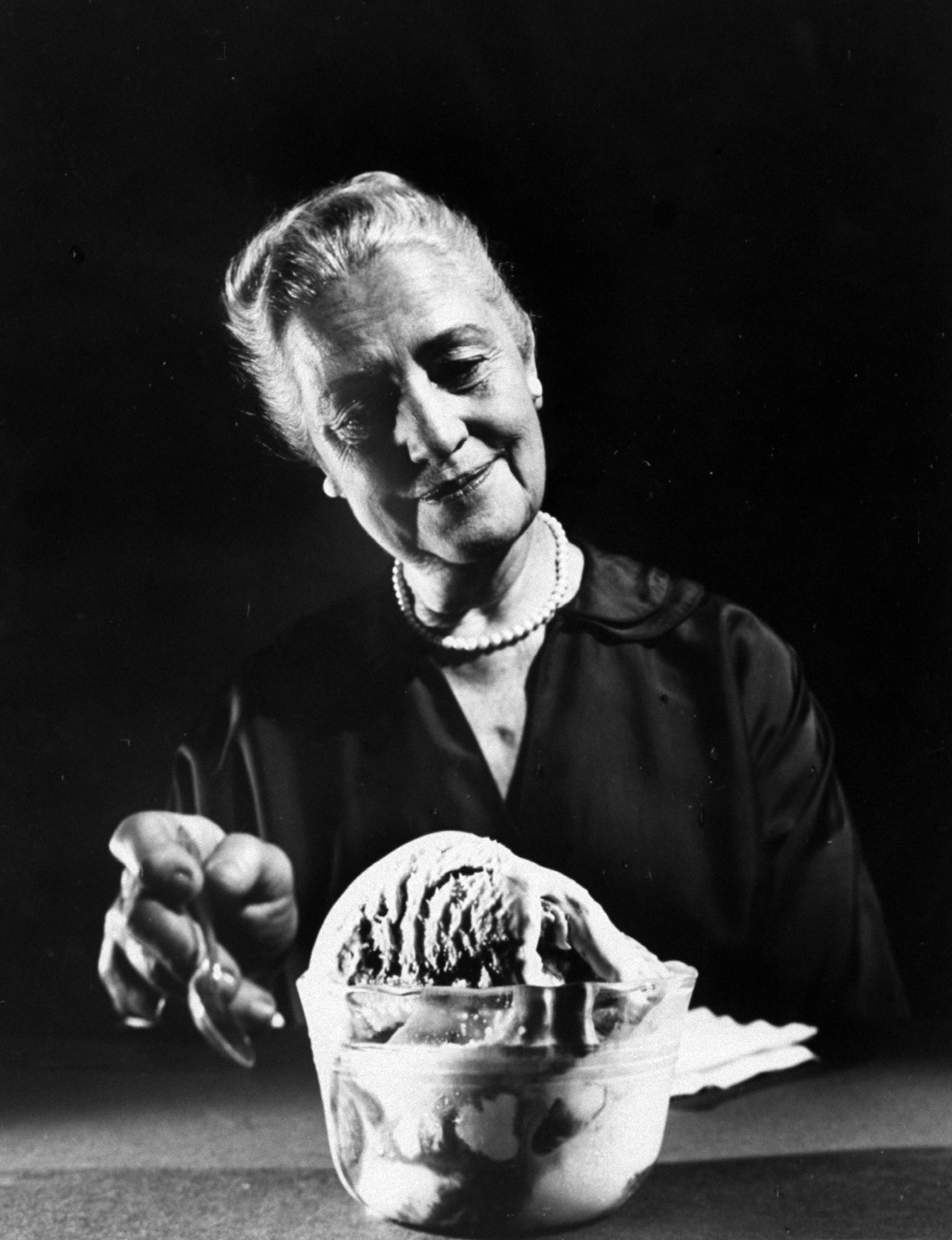
On World Health Day, each April 7, the United Nations marks the founding of the World Health Organization with a campaign to raise awareness and promote action. Though the 2017 event is focused on the global health impact of depression, it’s also an opportunity to discuss other health issues that impact society in the U.S. and around the world — including being overweight, which, according to some data, affects as many as two-thirds of American adults.
Though fewer Americans are trying to lose weight now than at other points in the past, recent studies have also found, the national concern with eating right is nothing new.
The news in 1964, as reported in the May 22 issue of LIFE that year, was that the National Academy of Sciences-National Research Council had declared that the average U.S. citizen “no longer needs the number of calories prescribed as healthy as recently as 1958.” Depending on age, sex and gender, the daily recommended calorie count was slashed by a couple hundred to reflect the fact that days had become a little bit too easy and relaxed for the good of Americans’ waists, as fewer people led the strenuous lives that had demanded such extra fuel.
To mark that change in recommendations, LIFE had photographer Ralph Morse capture images of Americans of a few different demographic groups alongside the amount of food they could give up to make the cut, from 200 calories of ice cream to 400 calories of martinis.
“This is not a lot of food,” LIFE noted — but still enough to “detract miserably” from a great meal.
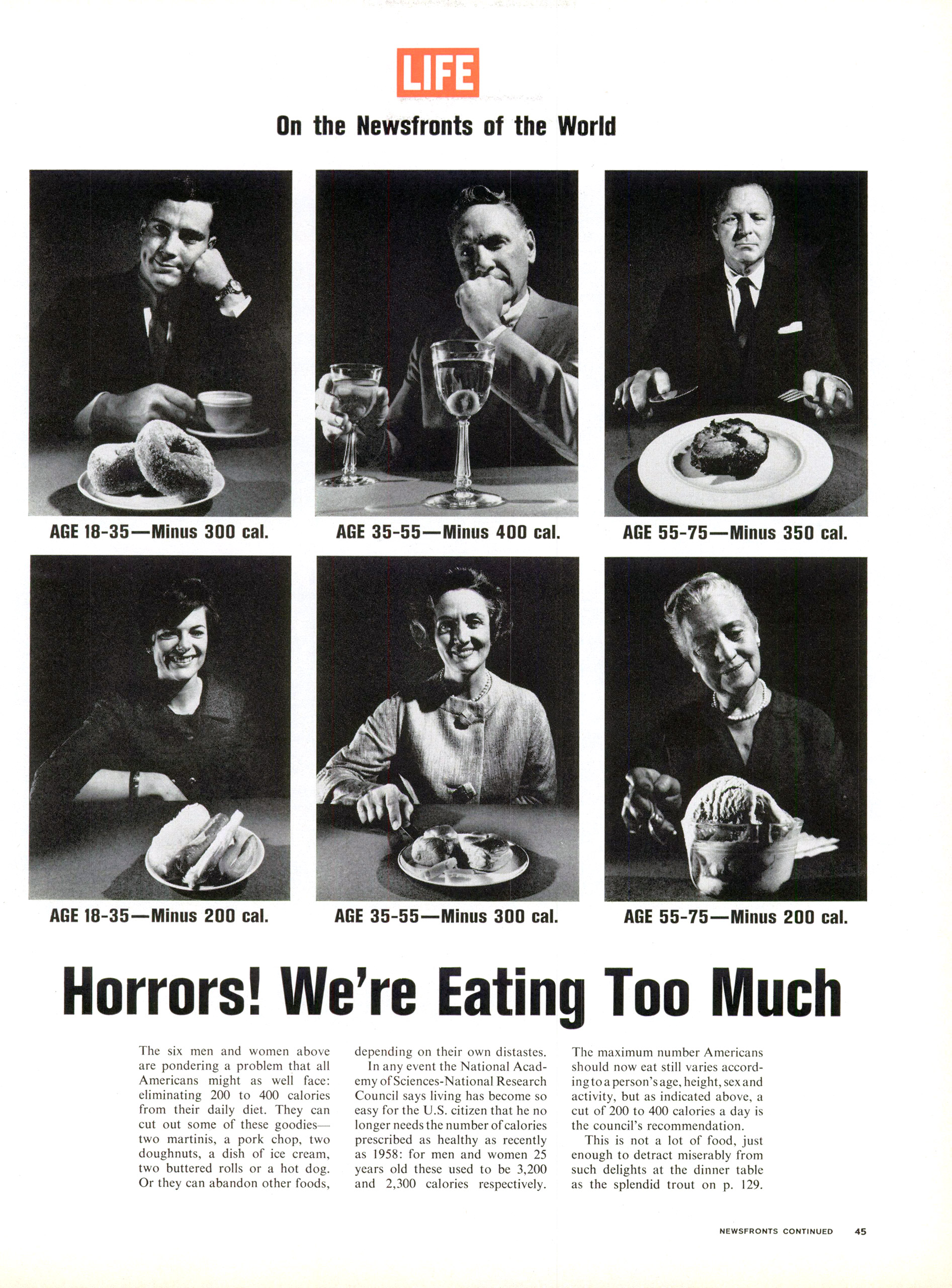

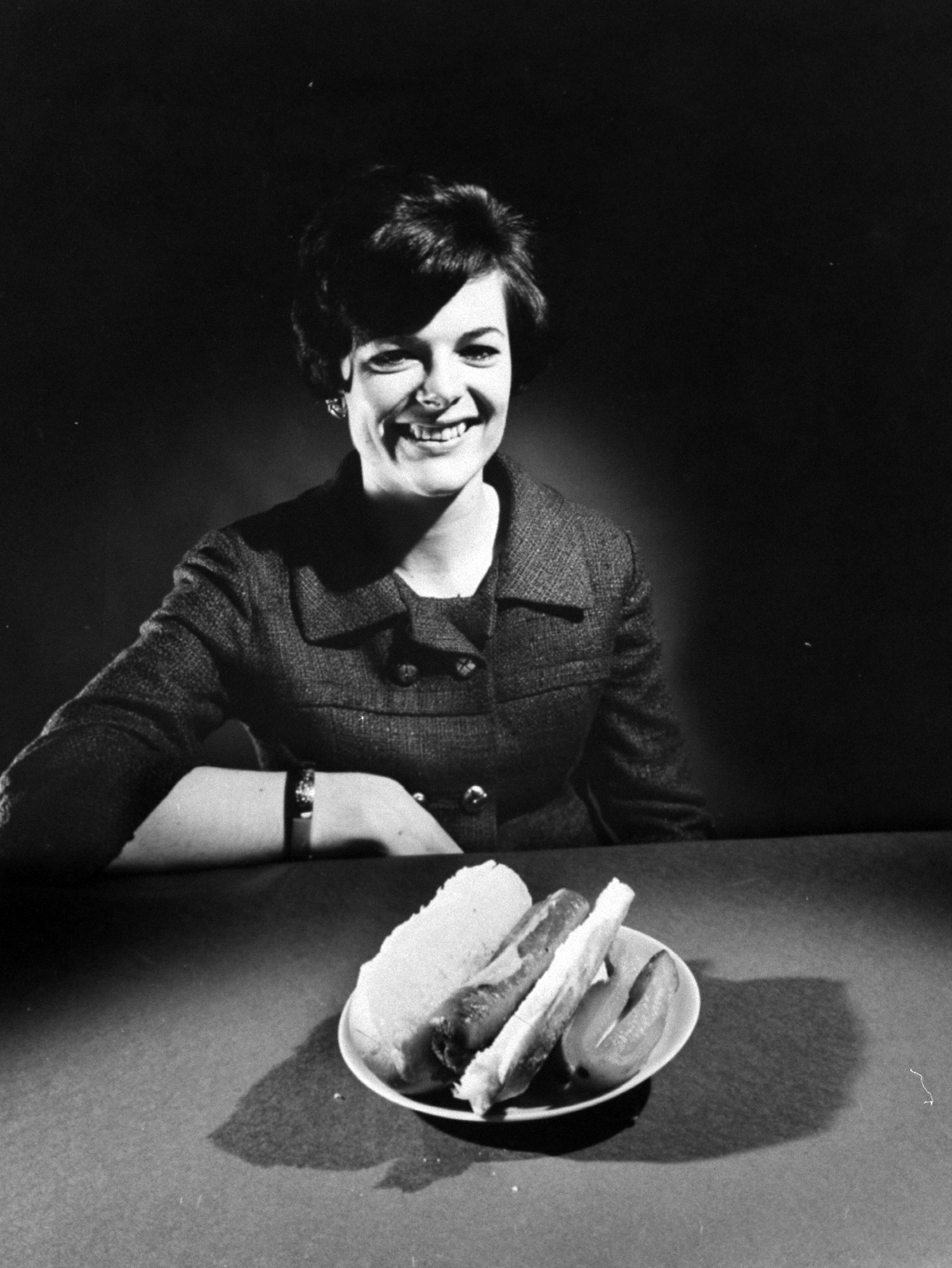

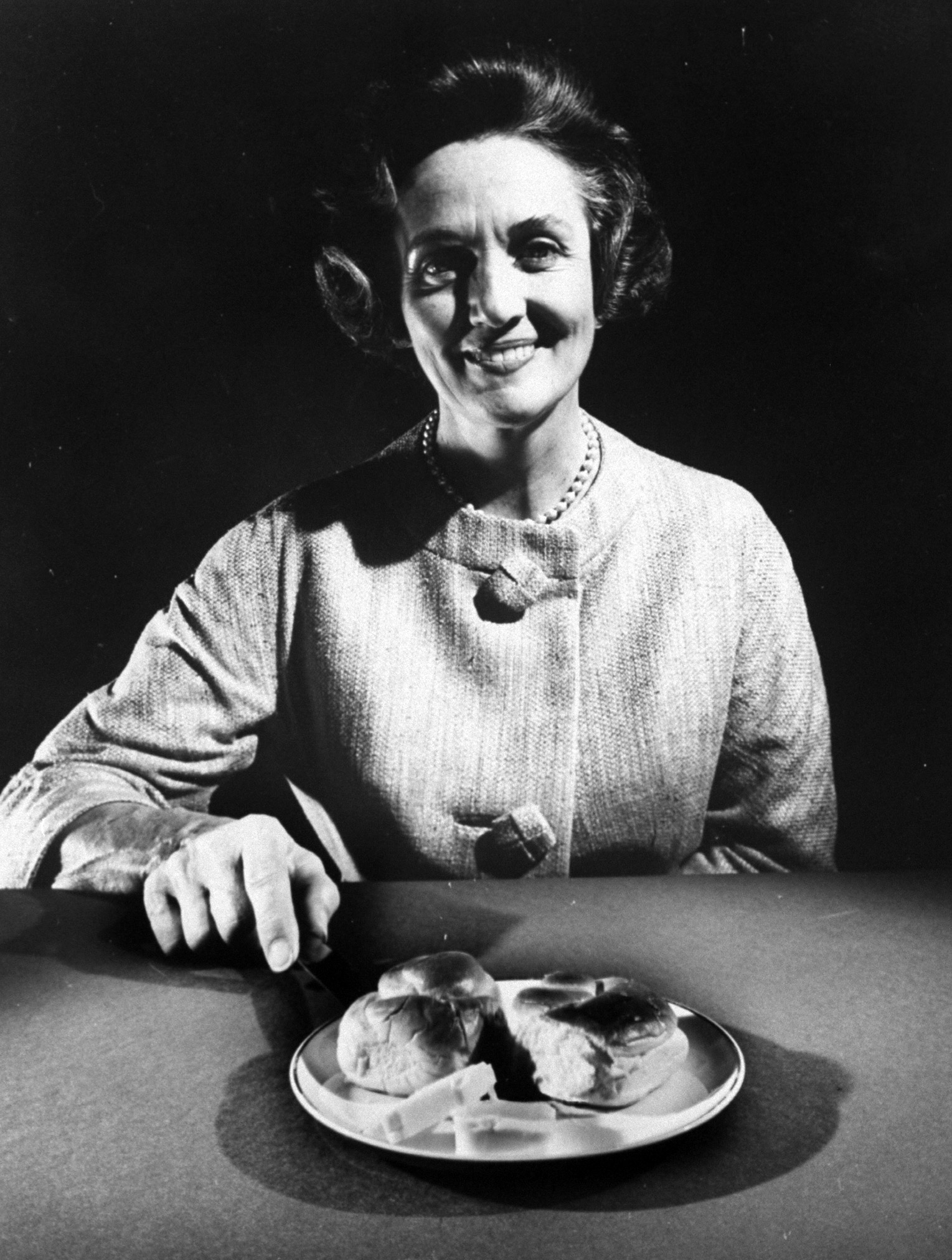

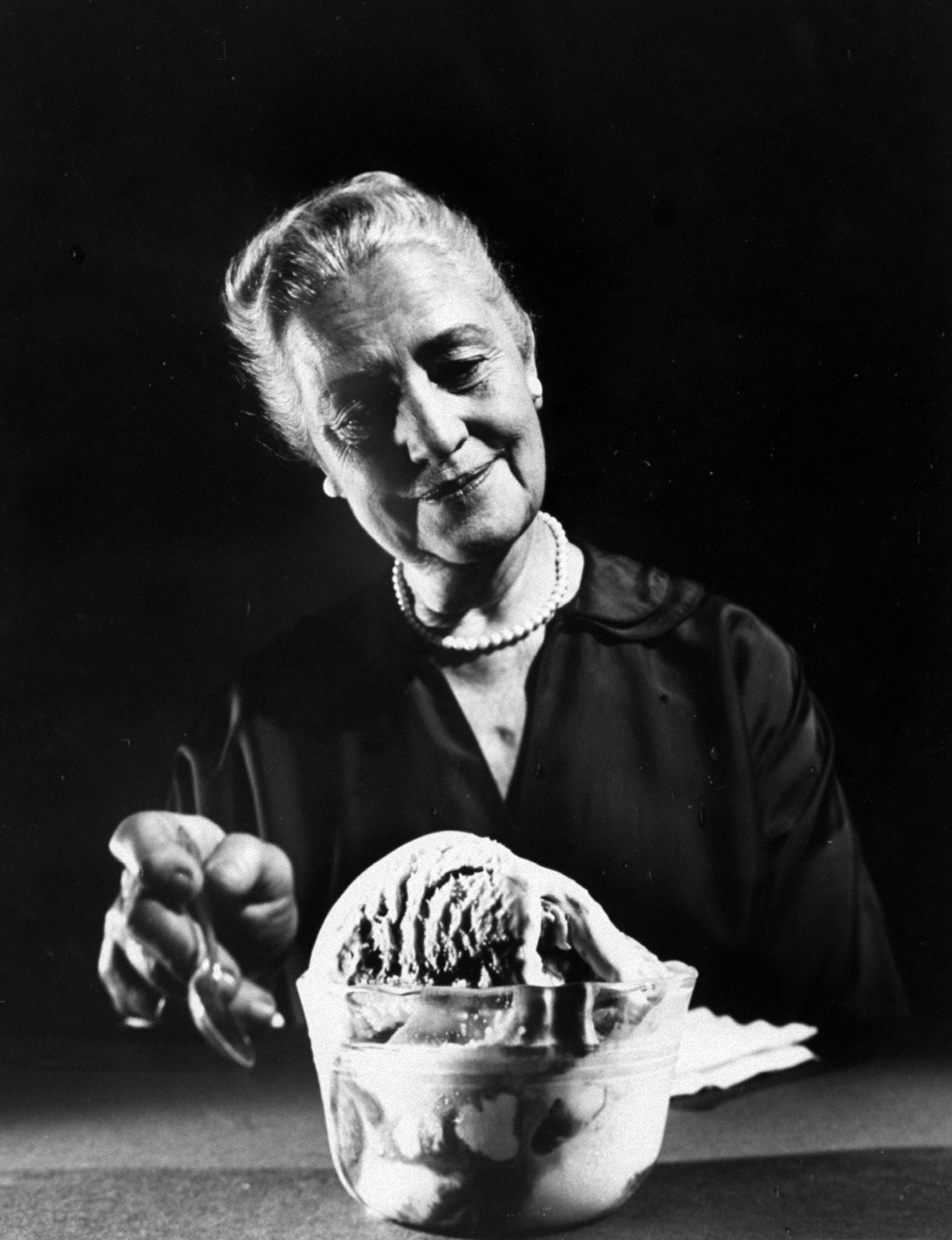
More Must-Reads From TIME
- The 100 Most Influential People of 2024
- Coco Gauff Is Playing for Herself Now
- Scenes From Pro-Palestinian Encampments Across U.S. Universities
- 6 Compliments That Land Every Time
- If You're Dating Right Now , You're Brave: Column
- The AI That Could Heal a Divided Internet
- Fallout Is a Brilliant Model for the Future of Video Game Adaptations
- Want Weekly Recs on What to Watch, Read, and More? Sign Up for Worth Your Time
Write to Lily Rothman at lily.rothman@time.com